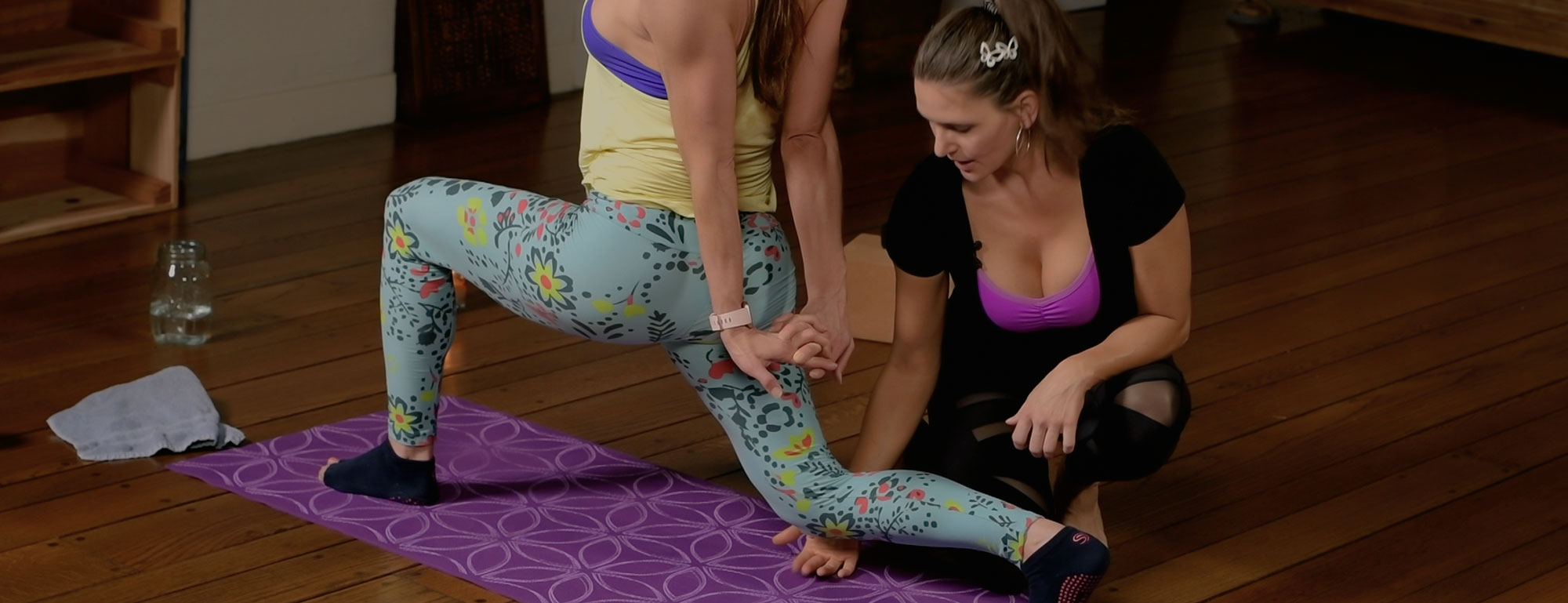
If I had to choose one family of yoga poses to focus my time and energy on, it would probably be balance poses. Here are my thoughts on why you need yoga to improve your balance. Balance poses offer real-life benefits. Physically, balancing teaches us to tap into the deep muscles that support our core. Mentally and emotionally, working on our balance helps us develop a keener focus. This, in turn, gives us the ability to keep an even keel, despite the inevitable wobbles that arise in day-to-day daily life.
Some of us have open hips and others can move into deep backbends. We can all learn to improve our balance and gain confidence in our ability to negotiate the rough terrain of life. Yoga to improve your balance is the key to preventing injuries and remaining a pillar of strength.
Because balance is a learned skill, we must challenge it in order to improve it. Before we look at how to do that, though, let’s focus on a few foundational principles relevant to all stability poses and practices:
Use Your Stabilizers
Most of us are used to connecting to our larger and more superficial muscles. Examples include feeling our quads burn during an uphill walk. Our chest and shoulders work when lifting and carrying a load. While these familiar muscles are great at driving large movements, they are inefficient for creating the micro-adjustments required for better balance. That’s where our deep stabilizers become vital. These smaller muscles create subtle engagement closer to the bone. They support our joints and enable us to coordinate different parts of the body to move together.
The Quality of Our Base
Like the foundation of a building, the sturdiness of a yoga pose depends on the quality of its base. When it comes to balancing on our feet, many of us are so used to wearing shoes that connecting to sensations there can be challenging. No wonder we then find it difficult to stand on one leg, rise to tiptoes, or transition from one stance to another. Spreading our toes gives us more leverage. Lifting our heels can go a long way towards helping us stand stronger, both on the mat and off it.
Drishti
Drishti means “focal point.” It refers specifically to where we orient our eyes and, in a broader sense, to where we focus our energy. Our eyes play a large role in balance. While we do use other sensory input, for most of us vision is our primary means of maintaining stability in relation to our surroundings. We can influence the balance challenge in yoga poses significantly by altering our drishti. Where our eyes go, the body follows.
The benefits of balance work never end!
All of us, regardless of age or level of yoga practice, can learn better balance. The key is to start by connecting to our base and deep stabilizing muscles. Then being mindful of how we direct our energy through our gaze and our breath. Once we have these principles in mind, we can be more creative, challenging our balance by moving our gaze or closing our eyes. Then we will grow even more by incorporating unfamiliar movements that bring our yoga practice closer to the obstacles we face in real life.
But the benefits go far beyond physical stability. By challenging our ability to deal with uncertainty on the mat, we create the resilience we need to move more gracefully through our lives beyond it.
Level 2-4, 75 minutes. Check out my Trigger Ball post to learn about self massage!
